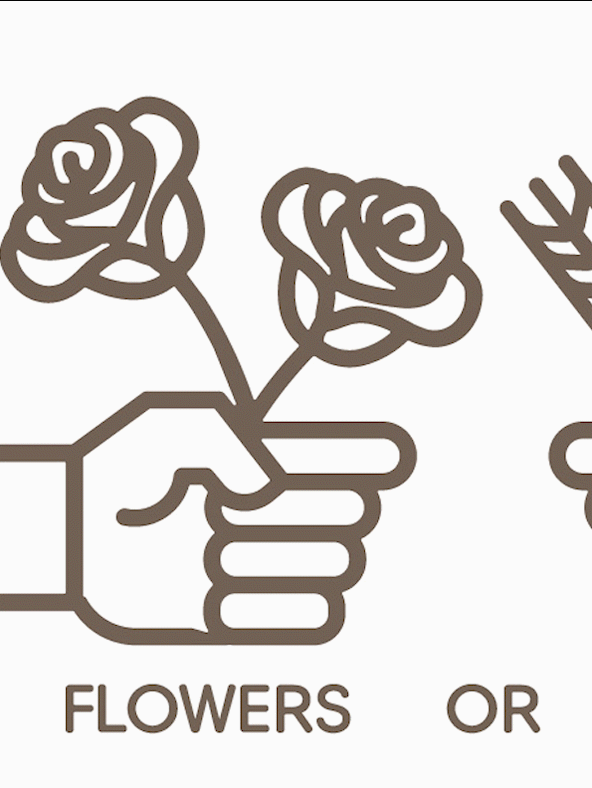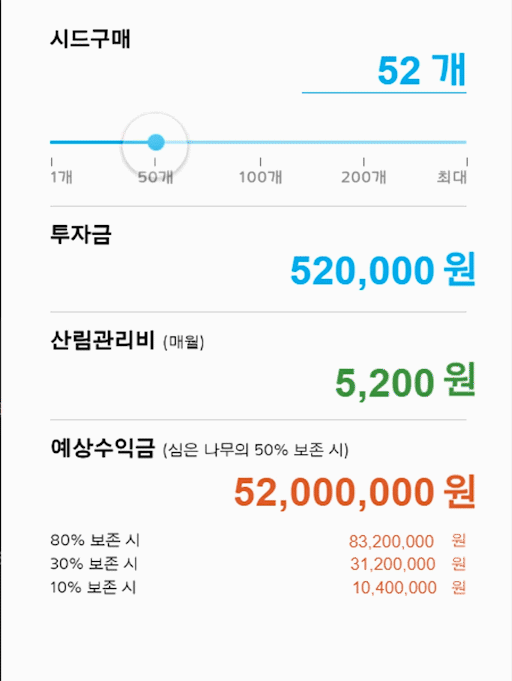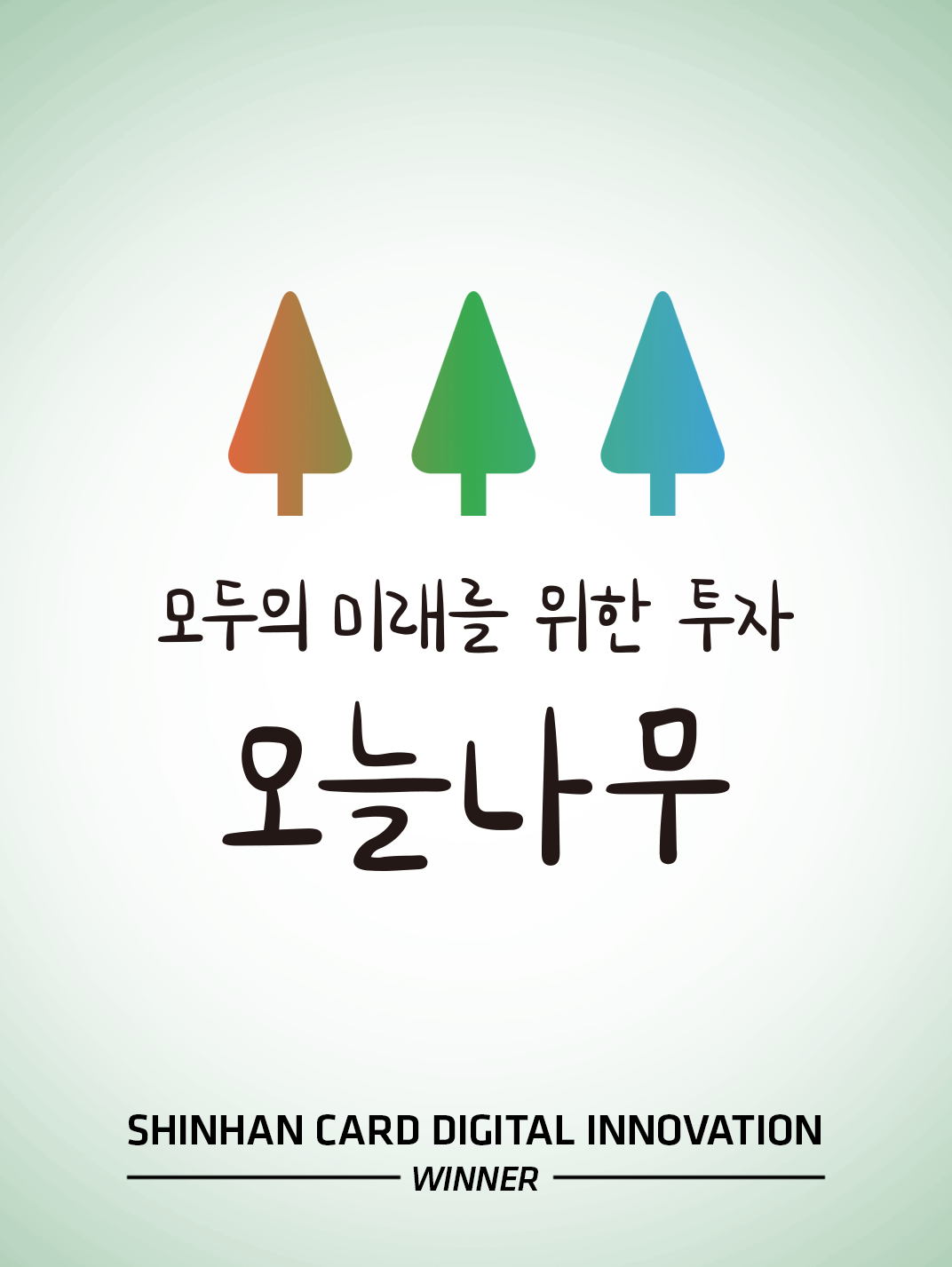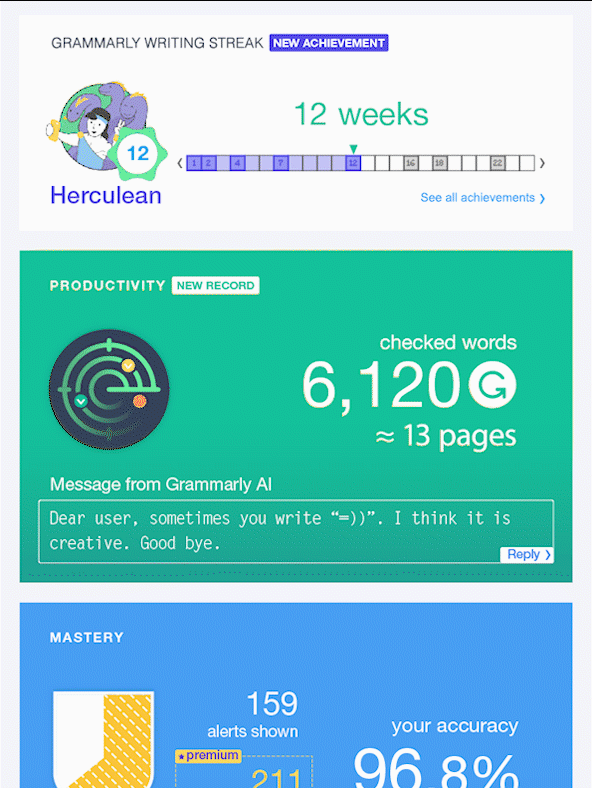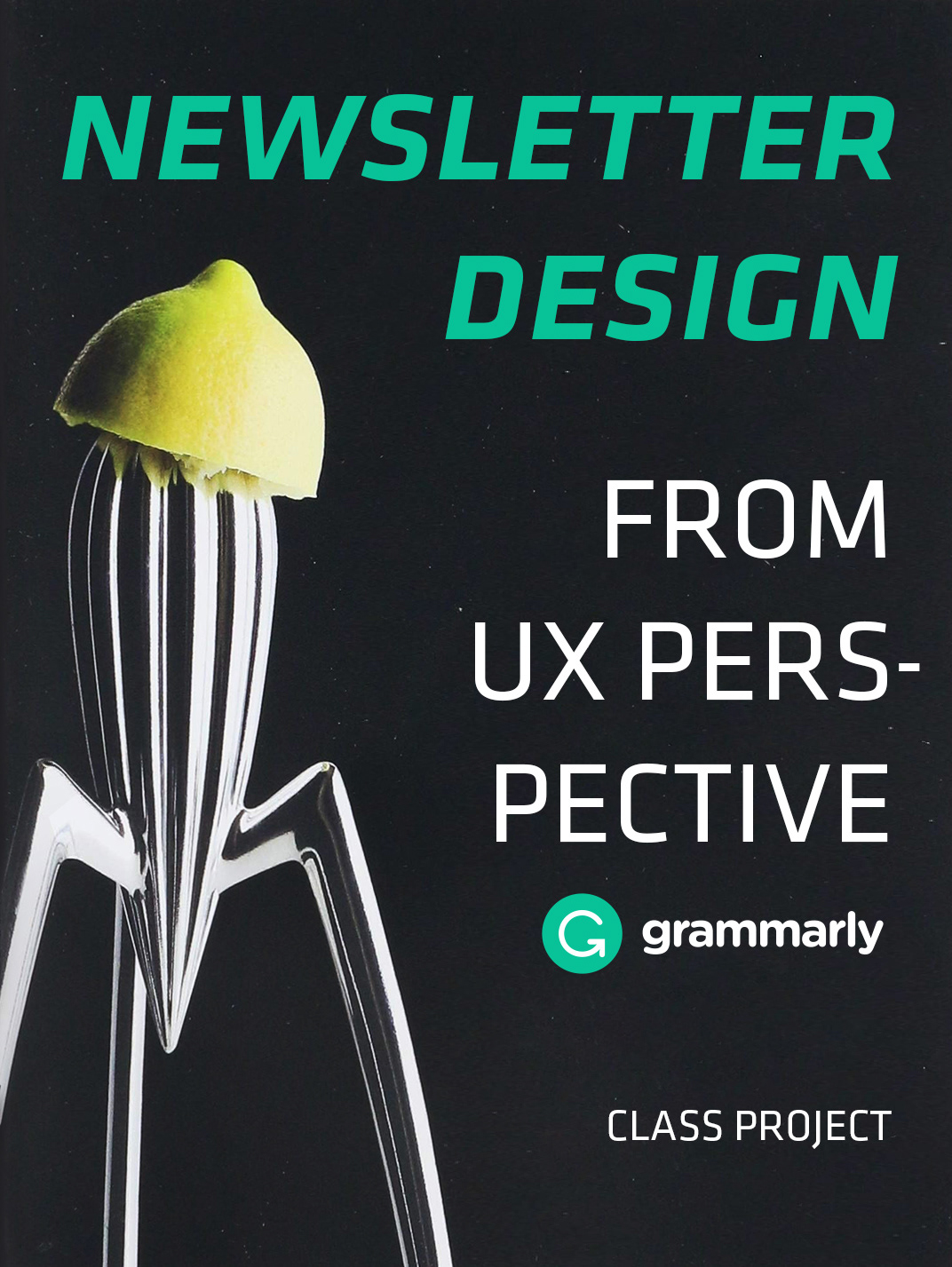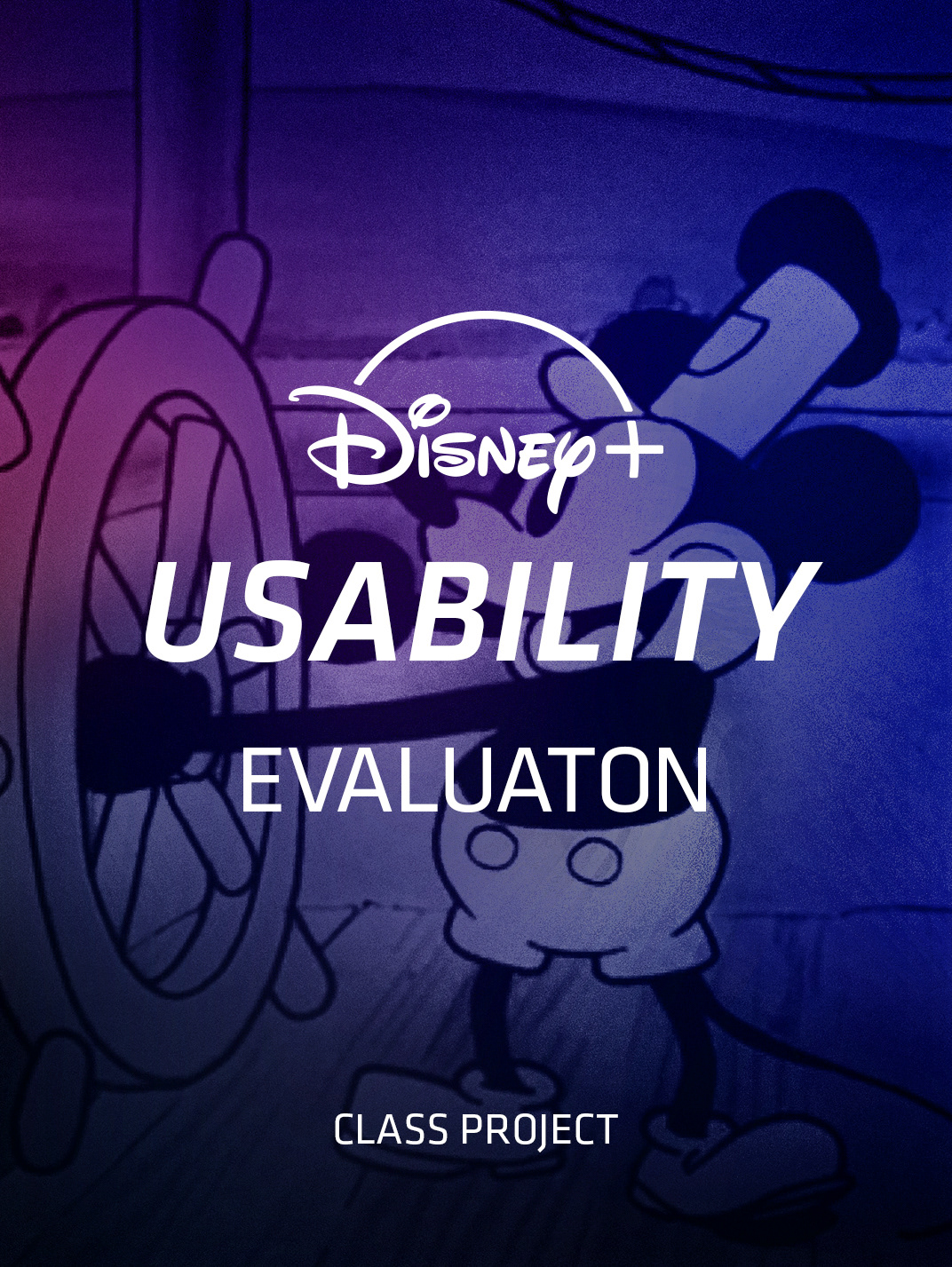Photo by rock-n-roll monkey from Unsplash
AI will type for you, reading from your mind?!
But probably you'll still type
I L O V E Y O U
We want AI to ease our life but not to live it for us.
I L O V E Y O U
We want AI to ease our life but not to live it for us.
Introduction
In this UX case study, Yoojin focuses on the improvement of text communication experience in the chatting app. The final proposal was implemented to Facebook Messenger which was the most used chatting app among the interviewed users.
THE iterative design PROCESS
Empathize-DEFINE-IDEATE-PROtotype-test
Empathize-DEFINE-IDEATE-PROtotype-test
ux DESIGN THINKING() {
EMPATHIZE-DEFINE-IDEATE-PROTOTYPE-TEST}
ux CASE STUDY(chatting App){
for (SOLUTION==INNOVATION)
{DESIGN THINKING();}
return SOLUTION;}
EMPATHIZE-DEFINE-IDEATE-PROTOTYPE-TEST}
ux CASE STUDY(chatting App){
for (SOLUTION==INNOVATION)
{DESIGN THINKING();}
return SOLUTION;}
Yoojin followed a design thinking process introduced by d.school.
The following is a refined representation of the process. But in real life, Yoojin had redefined the problem once and had gone through several rounds of prototyping and testing.
The following is a refined representation of the process. But in real life, Yoojin had redefined the problem once and had gone through several rounds of prototyping and testing.
EmpaTHIZing with users
IMMERSION
Yoojin engaged in emphasizing with users using a semi-structured interview about their texting experience and smartphone usage in general.The purpose of the interview was to understand the role of chatting apps in users' life and spotting existing pain-points.
Target group: Users age of 20-25, who actively use chatting apps.
Location: University campus area.
Total interviewed: 5 people.
DISCOVERY
Text messaging is a semi-real-time communication.
Text messaging is essentially consecutive(ex: e-mail, letters) communication, however due to its 'instant' and 'emotional' elements it has similarities with real-time(ex: face-to-face conversation, phone call) communication.
Text messaging is essentially consecutive(ex: e-mail, letters) communication, however due to its 'instant' and 'emotional' elements it has similarities with real-time(ex: face-to-face conversation, phone call) communication.
People text to several people, every day about the same thing.
They mainly chat with close people like friends and family and the main topics are 'what they are up to' and 'when and where to meet'. Users share their updates, experiences, emotions through chatting apps and they use it as a medium between other communication means like phone calls, video calls and real meetings.
They mainly chat with close people like friends and family and the main topics are 'what they are up to' and 'when and where to meet'. Users share their updates, experiences, emotions through chatting apps and they use it as a medium between other communication means like phone calls, video calls and real meetings.
Persona & Journey Map
Yoojin built a persona based on the initial field research and went through a one-day journey with him in order to get a deeper understanding of the user and to spot potential pain-points.
Pain Points
- Users are having difficulty to type in specific situations.
- Users repeat same phrases every day.
defining the problem
"How can we improve text messaging experience
by supporting users to send messages
according to their situation?"
by supporting users to send messages
according to their situation?"
synthesizing ideas
Yoojin used SCAMPER method for the ideation.
Ideas For Implementation
Automatic(intelligent) suggestions.
Artificial Intelligence(AI) will analyze the message history, typing behavior, time, chatroom type and suggest users phrases, emojis, etc. appropriate to the context.
Artificial Intelligence(AI) will analyze the message history, typing behavior, time, chatroom type and suggest users phrases, emojis, etc. appropriate to the context.
Semi-transparent panel.
Expanded keyboard with semi-transparent panel overlaid on the chatting room. It will allow users to use a new expanded panel and follow up on what's going on at the chatroom simultaneously.
Expanded keyboard with semi-transparent panel overlaid on the chatting room. It will allow users to use a new expanded panel and follow up on what's going on at the chatroom simultaneously.
REFINING IDEAS WITH
prototyping & TeSTING
prototyping & TeSTING
Paper PrototypE & WIREFRAMING
After making a paper prototype Yoojin interviewed 10 users from the same target audience in order to get their expectations and opinion on the new function and conducted a simple usability test. As a result, he could discover two major insights:
- Users want to see AI as a 'supporter' for seamless communication and not as
a 'spokesperson' who will speak instead of them.
a 'spokesperson' who will speak instead of them.
- Shifting from one keyboard to another is a commonly experienced pain-point.
(ex: alphabet <-> symbols <-> emoji)
(ex: alphabet <-> symbols <-> emoji)
The Take-Away
- Users are reluctant to an 'artificial' feeling of AI suggestion, especially in an intimate context.
- There is a need in using different keyboard(input) modes simultaneously.
INTERACTIVE PROTOTYPE
Yoojin has conducted several rounds of tests with interactive prototype. the below are some prototypes made before the final solution.
Initial prototype
In the initial prototype, users didn't have control over the Intelligent suggestions. They could just choose from the given suggestions, which is identical to the existing 'predictive' keyboard function. Since users couldn't 'tell' to AI what to suggest they didn't get a lot of benefits from it. In order to get some relevant suggestions, users had to type some initial words but having in mind that the intelligent suggestion is useful in the situations when they are having a hard time to type it could have a minimum of usefulness. Also, since the interaction with AI was uncontrollable users didn't feel very 'natural' to use the suggestions.
The Take-Away
- Users need to have control over the context of intelligent suggestions.
- Suggestions are useful when users can communicate using solely suggestions.
Second prototype
Yoojin made corrections according to the feedbacks of the initial prototype. In the second prototype, users could input the context of the conversation in order to get more precise suggestions. During user testings, Yoojin spotted several usability issues. Users couldn't understand the meaning of the suggested 'contexts' and it was vague whether the suggested text is for interaction with AI or for pasting that into the text panel. Also, since all the information on the interface was presented with text, it was hard to instantly get the information from the panel.
The Take-Away
- There should be UI differentiation between interaction with AI and inputting into the text bar.
- UI and the context should be instantly recognizable.
FINAL PROPOSAL
Keyboard Expansion & Intelligent Suggestion.
Keyboard Expansion - a semi-transparent panel overlaid on the chatting room for easier access to frequently used inputs(numbers, symbols, phrases, emojis) and functions(paste, undo). As the panel is semi-transparent users can follow up on what's going on in the chat room while using this panel. This solution solves the problem of the limited input area and enhances text communication by providing precise suggestions relevant to the context.
Intelligent Suggestion - artificial Intelligence, under the approval of the user, will analyze user's communication behavior(frequently used words and expressions, the context in different chat-rooms and different times) and will give personalized suggestions. As a result, the user will feel more 'natural' of using suggestions, since the phrases are composed of the words used by the user.
DEMO VIDEO
INTERACTIVE PROTOTYPE
DEMO VIDEO
Conclusion
Enhancing the LIVE-communication experience of a chatting App.
Yoojin could empathize with the nature of text messaging which is 'semi-LIVE' and is rich with the emotional, experiential exchange. He spotted that users are having difficulty to send messages instantly(in real-time) in specific situations and proposed a solution.
The gist of the keyboard expansion is an extension of the input area without losing the visibility of the chat room. The extended input panel will enhance typing productivity by decreasing shifting actions to different input interfaces.
The intelligent suggestion is essentially a technical solution, not a design solution. Yoojin's role as a UX designer was defining the relationship of the user with AI and designing an interaction, which is crucial in making this technology usable.
Defining the right Human-AI relationship.
Through this project, Yoojin could understand the importance of defining an appropriate relationship between humans and AI. The human-AI relationship supporting interpersonal communication, like text messaging, should differ from the relationship with AI like 'Siri' or 'Alexa' where they are presented as distinct personalities. In interpersonal communication, AI should work rather as an extension of communicating organ of the users. Hense AI should support identical communicational behavior (wording, tone, and manner) of the user so that they could feel 'natural' using AI support.



